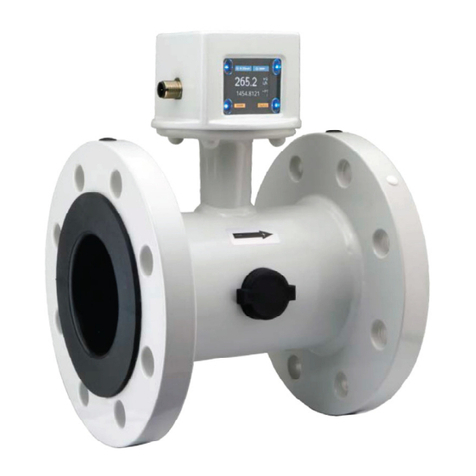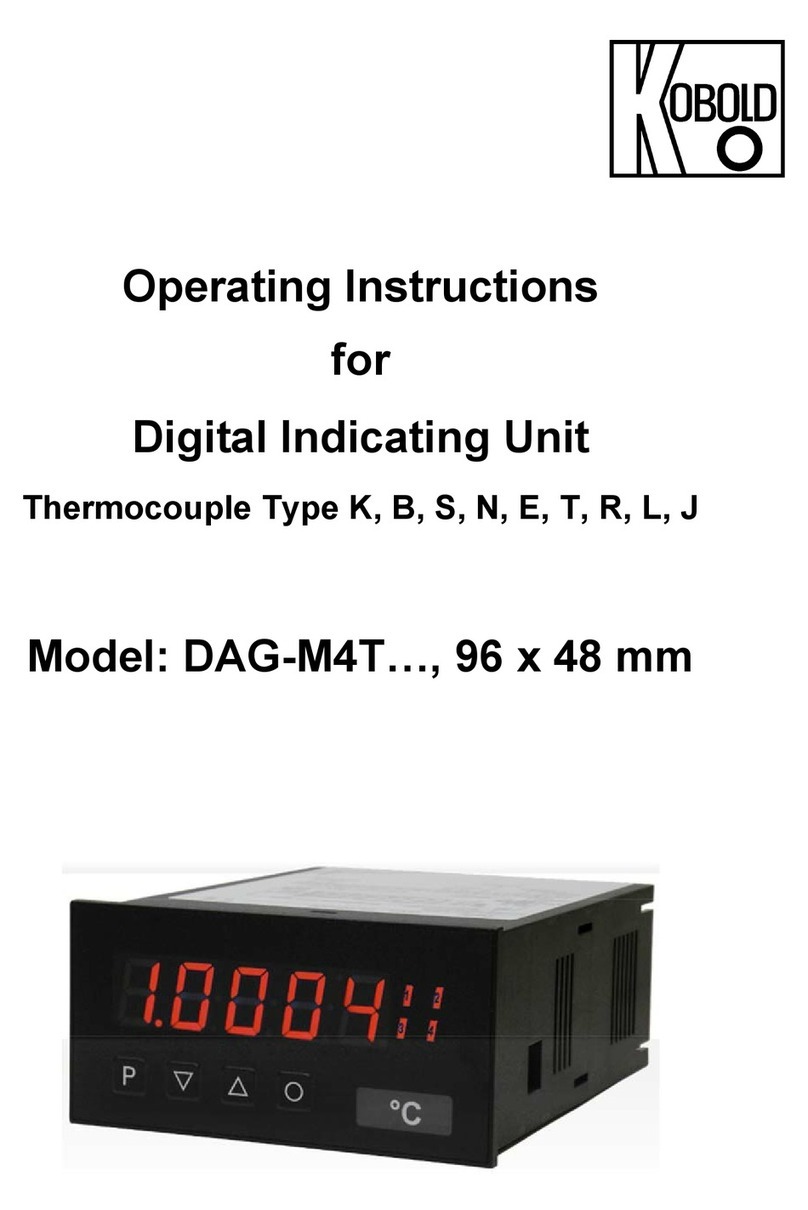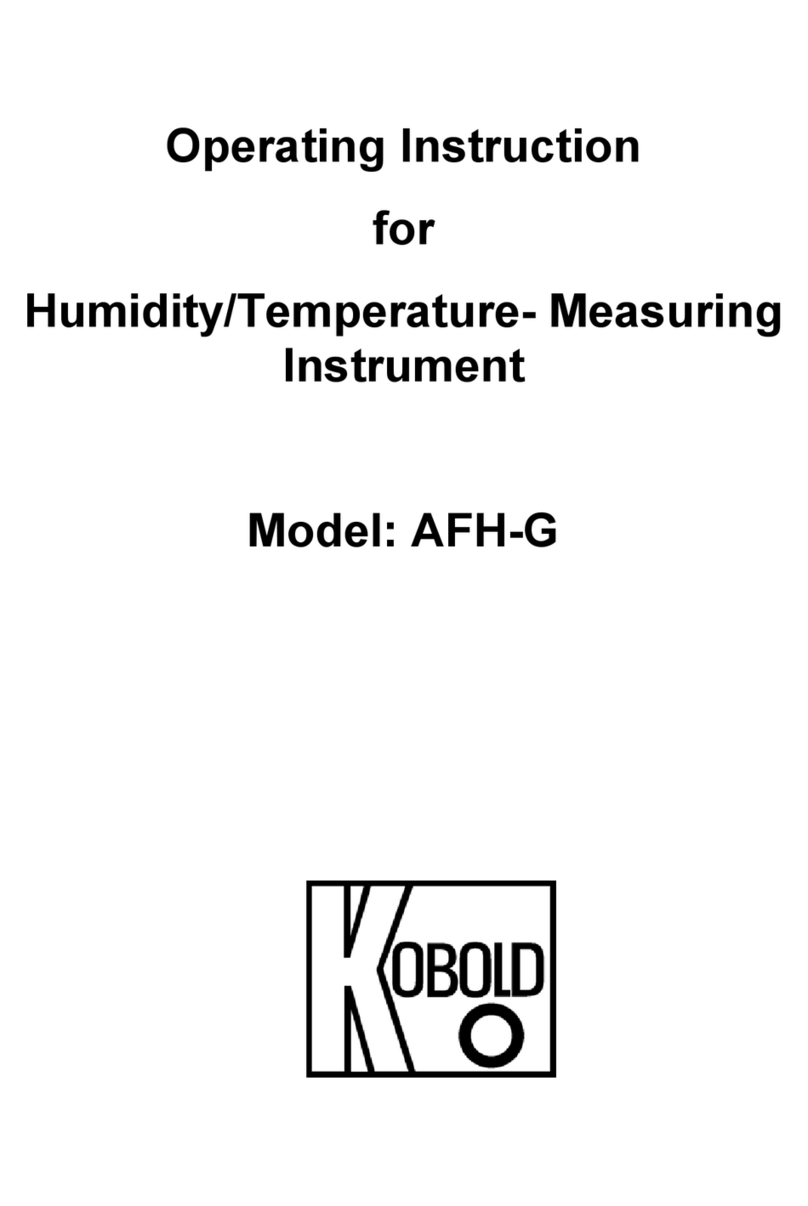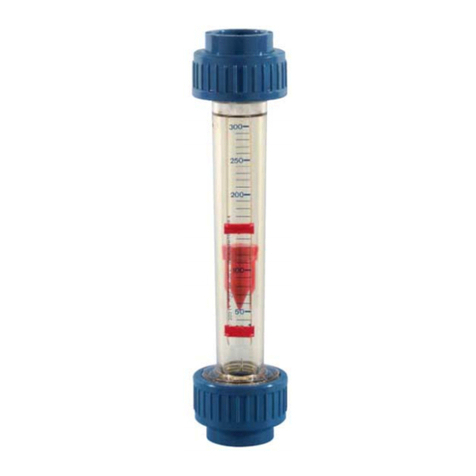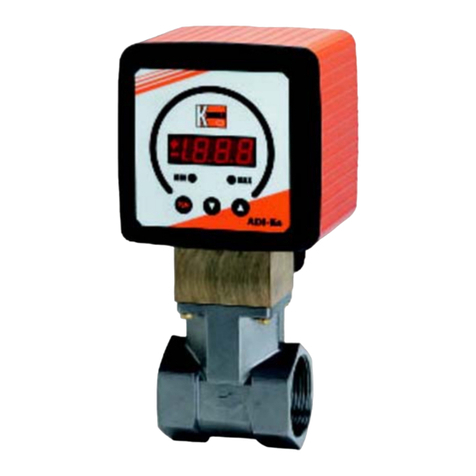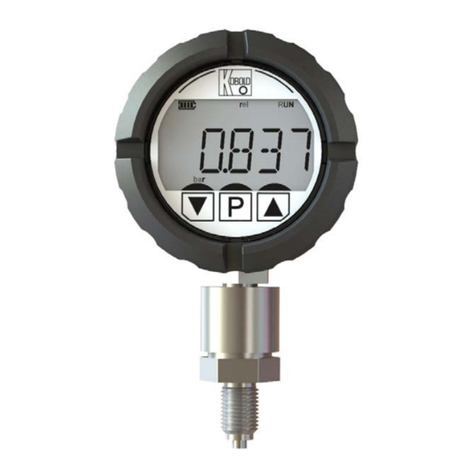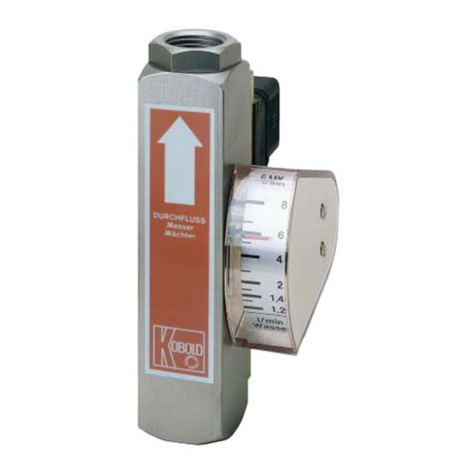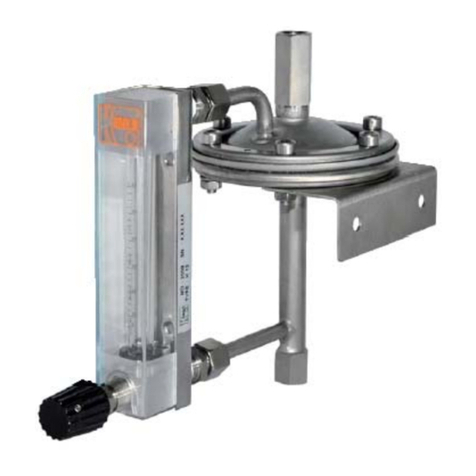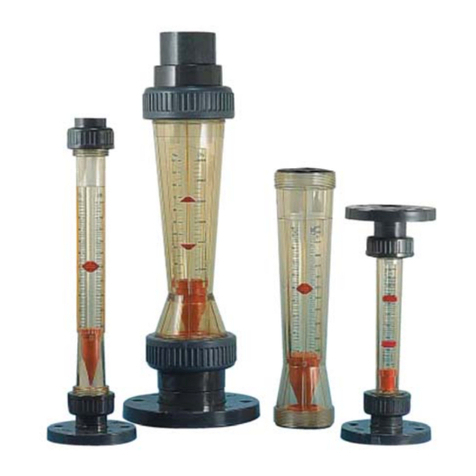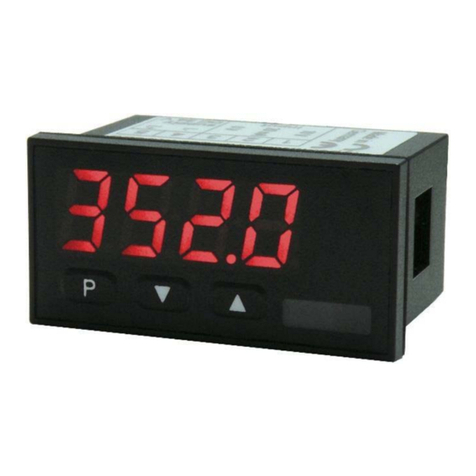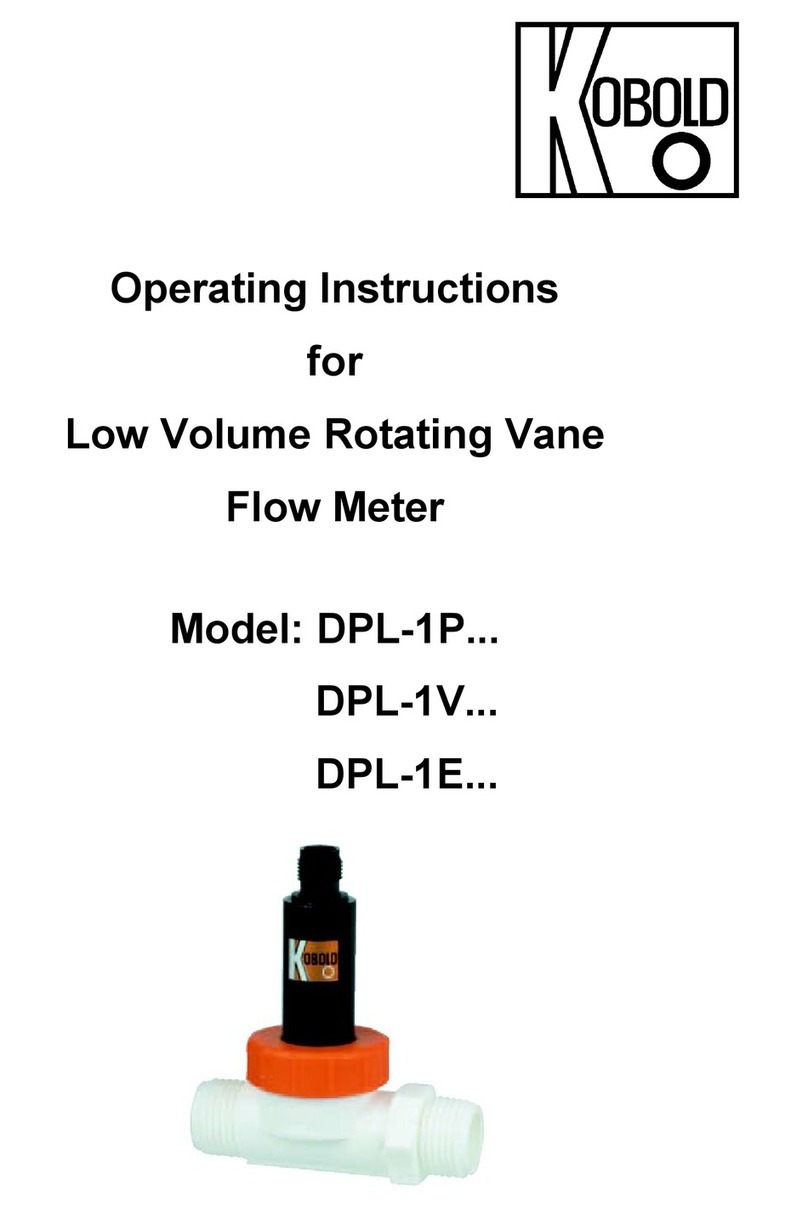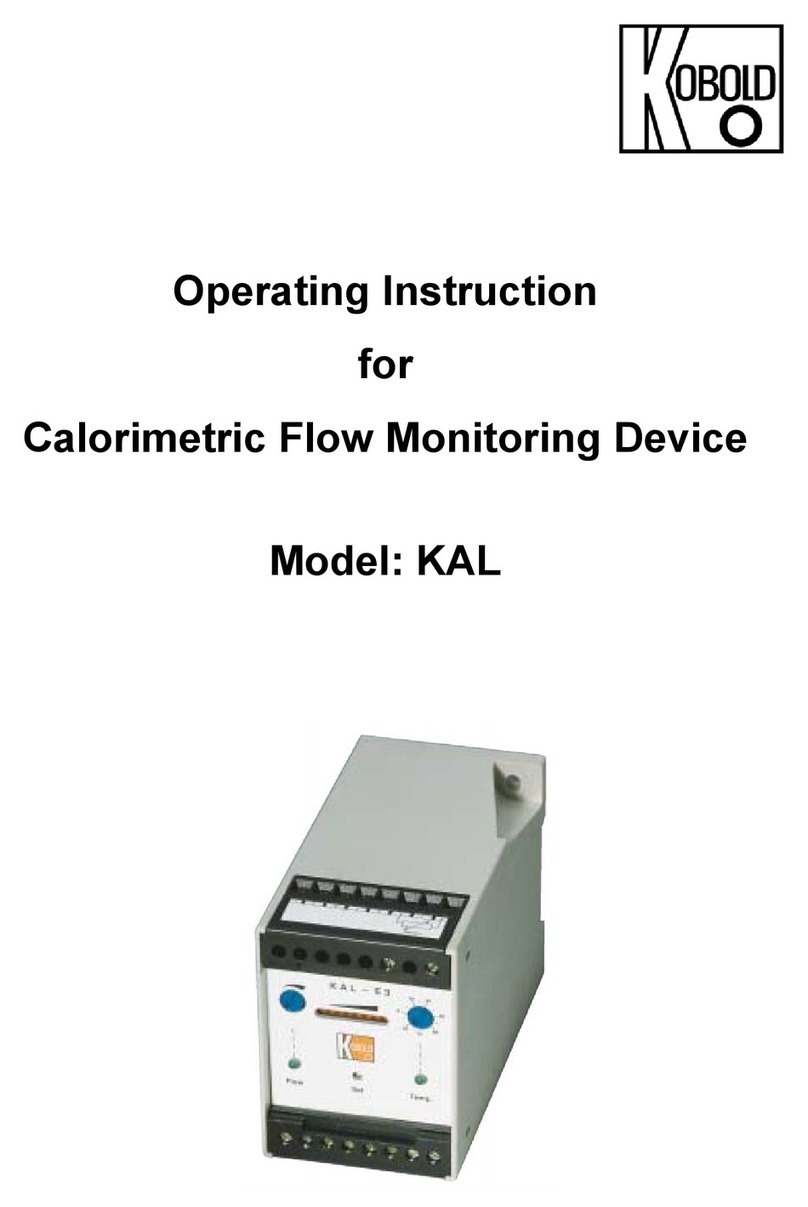DOG-4
page 2 DOG-4 K08/0818
1.Contents
1.Contents....................................................................................................... 2
2.Note.............................................................................................................. 4
3.Information on operating the device in potentially explosive environments
(Ex, A0/D0/F0/H0/K0/N0/P0 option)........................................................... 4
3.1General requirements.......................................................................... 5
3.2Startup, installation.............................................................................. 6
3.3Application........................................................................................... 6
3.4Repair, maintenance (for applications in Ex areas)............................. 7
3.1Disposal .............................................................................................. 7
4.Instrument Inspection ................................................................................... 8
5.Regulation Use............................................................................................. 8
6.Operating Principle....................................................................................... 9
7.Mechanical Connection .............................................................................. 10
8.Identification (Ex version) ........................................................................... 11
9.Electrical connections................................................................................. 12
9.1General ............................................................................................. 12
9.2Measuring cable in Ex areas............................................................. 12
9.3Connection to the measuring sensor................................................. 12
9.4Terminal assignment of the DOG-4… reader/transducer.................. 13
9.5Terminal assignment of the electronic option
G0/H0/I0/K0/M0/N0/O0/P0................................................................ 15
9.6Connections of DOG-4 Transmitter with KOBOLD Evaluation
Electronics ZED-X and ZOK-Zx......................................................... 17
10.Startup........................................................................................................ 20
11.Setup and operation of the flow controller/flow computer (option
G0/H0/I0/K0/M0/N0/L0/O0/P0) ................................................................ 20
12.Transmitter error message ......................................................................... 21
12.1Status display not illuminated............................................................ 21
12.2OPERATING illuminated green but no output signal......................... 21
12.3RANGE illuminated yellow................................................................. 21
12.4ERROR illuminated red..................................................................... 21
13.Maintenance............................................................................................... 22
13.1Replacing the sensor......................................................................... 22
13.2Disassembly and cleaning the Flowmeter......................................... 22
14.Technical Data............................................................................................ 24
14.1Electronic options.............................................................................. 25
15.Order Details .............................................................................................. 29
16.Pressure Loss/Flow.................................................................................... 31
17.Dimensions................................................................................................. 32
18.EU Declaration of Conformance................................................................. 34
19.ATEX-Certificate......................................................................................... 35
20.IECEx-Certificate........................................................................................ 41
